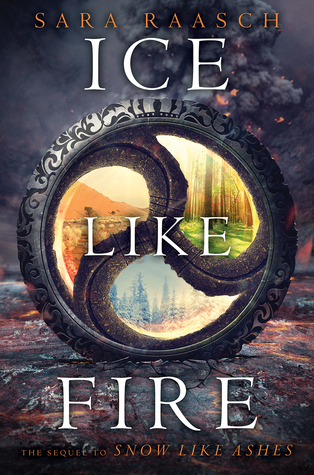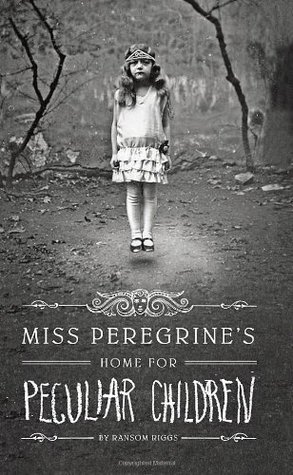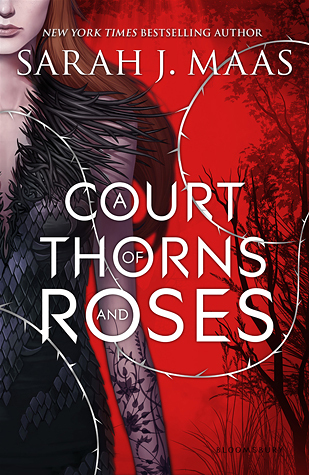
Rating: 3.5/5 stars
Review: I’ve been reading and watching all the Julian Fellowes works I can get my hands on since I finished watching Downton Abbey. When I heard he was writing a new book, I hurriedly placed a hold on the pre-ordered copy from the library. And I must say I’m a little disappointed; it’s not quite the brilliance of Downton Abbey. Still, it makes for a nice, light summer read. I read Belgravia while on a houseboat for a family reunion and I leave for England in a couple days, so it was the prime time for it to be read, I think.
It’s difficult to summarize this book without spoiling anything, since the first few chapters are sprinkled with enjoyable plot twists. Essentially, the story follows a forbidden love between a young adult of modest upbringing and a young adult of the titled upper class in the mid-1800s. It is more than that, though; it’s also a story of scandal and family. It links two families of very different backgrounds together in a Romeo-and-Juliet sort of style, but their disagreements are more complex than the Montagues and Capulets. Historical accuracy is perhaps the strongest trait of the novel.
The book relies heavily on dramatic irony to build suspense, as Fellowes reveals nearly all to his readers as one of the characters makes a discovery of some kind or another. That said, the pacing is precise and fairly enjoyable. Unfortunately, some of the moments we’ve been waiting for throughout the book–the reveals of long-kept secrets–are lacking in the end because the narrator remains distanced from all the characters. Moreover, some of the characters are flat in that they’re seemingly without faults. This may be an effort to be consistent with Victorian archetypes of characters like the Angelic Woman, but such archetypes were even found tedious in that period and ought to be made more dynamic to allow readers to better relate.
Still more regrettably, the plot is predictable through the end. I have a pretty keen sense for what’s going to happen next (as a writer and avid reader), so perhaps newer readers might be more surprised, but Fellowes wasn’t hiding his tricks very well in my opinion. This made the characters even more difficult to relate to, as the readers could guess what was going on in their lives much quicker than they could, even when they were in possession of all the facts.
But, again, Fellowes’ world-building is a redeeming quality, as he revives the culture of the mid-1800s in 400 pages. The perspective of each family member is also interesting and adds different, more complicated perspectives to the mix.
Recommendation: Fans of Fellowes will probably continue to appreciate his voice and world-building in this novel, though they may be disappointed that it doesn’t live up to the standards set in Downton Abbey. Those interested in learning more about the 1840s will likely also enjoy the plot. And, as I said before, it makes for a good, light summer read. If you’re looking for something to bring with you to the beach or the boat, check Belgravia out. Best yet, you don’t have to worry about reading it in public because there’s not much that will induce tears, though some bits may induce sympathy.

 Rating: 3.5/5 stars
Rating: 3.5/5 stars






